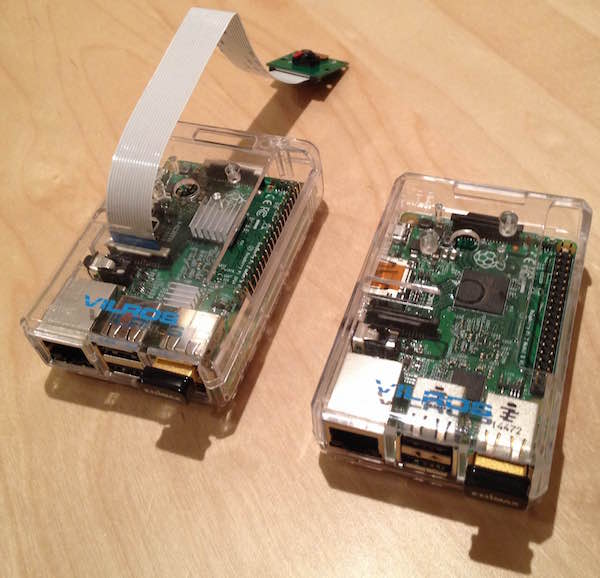Here I compare two messaging (chat) platforms: CometChat and QuickBlox.
Founding history and HQ
Cometchat was built by Inscripts, an IT services company founded in 2009 (India, Mumbai). Both services and product businesses are operational as of May 2016. HQ in Mumbai, India.
QuickBlox was built by Injoit, an IT services company founded in 2007 (Ukraine). It has fully transformed into a product company focusing on QuickBlox in 2013. The company does not operate services business anymore and is solely focused on QuickBlox platform which is funded by own revenues. HQ moved to London, UK in 2010.
StackOverflow N of discussions
(index of popularity among developers):
Cometchat: 114
QuickBlox: 2,522
QuickBlox has exceedingly more mentions on StackOverflow which is a sign of lively developers community and many use cases discussed around integration and customisation.
Alexa rating
(index of overall online popularity, lower = better)
Cometchat: 72,960
QuickBlox: 58,257
QuickBlox is higher than Cometchat in both global and local India rating.
Production stats
(sorry I don’t have Cometchat stats so providing QuickBlox only):
- QuickBlox servers process over 10 billion requests per month (4K per second) of which 320 per sec are chat messages and the rest are API and presence transactions.
- Every day 40-50 developers join to use QuickBlox platform, total platform has over 50,000 app publishers registered, from single developers to R&D centres of large enterprises.
- QuickBlox platform powers over 100 enterprise customers using it for secure and reliable messaging in sectors of Finance, Healthcare, E-commerce, internal and B2C communication. All these are stand-alone implementations on AWS or on-premise under SLA from QuickBlox tech ops team.
- Over 3,000 apps are running live on QuickBlox shared tier.
- Across over few hundred EC2 instances, QuickBlox maintains between 99,8% and 99,9% uptime on monthly basis (99,9% on enterprise)
Main differences
Main differences of CometChat and QuickBlox lay here:
– Web-first vs Mobile-first: CometChat is web-based and is being positioned as a chat solution for websites. Its mobile SDKs (iOS, Android) come secondary and are less developed.
QuickBlox has been mobile-first from day one (first built in 2009 were iOS and
Android SDK libraries) and has very powerful native SDKs for all mobile platforms
(iOS, Android, Windows, BlackBerry) along with Javascript for web. Numerous features QuickBlox has implemented natively for all popular platforms are simply not matched by any competition.
– Core messaging technology stack: CometChat uses long-polling which means users receive messages only when their client requests for them. QuickBlox uses XMPP which is a “true” messaging protocol also used by Whatsapp and many other messengers – meaning messages sent as soon as typed. This is also important for presence and signalling mechanisms. XMPP is very scalable and can support hundreds of thousands of users.
– “Web chat” vs “Messaging OS” architecture. CometChat was built as a chat plugin to web-sites. QuickBlox was built as a universal data backend initially competing with Parse etc and it is highly extensible and customiseable thanks to its powerful Users, Content, Custom Objects and Cloud Code APIs. Some customers use QuickBlox not for messaging, but for general data sync across numerous mobile devices, as platform works very well in that context. In 2011 QuickBlox added messaging (XMPP) now integrated with its Users and Custom Objects APIs. In 2013 QuickBlox added video calling and its native iOS WebRTC library is more efficient than official one from Google. Powerful Data + Communication modules form the so-called “Messaging OS” where you can build whatever you want, going low-level if needed.
– Plugin VS Stand-alone App. CometChat built as a plugin, QuickBlox focuses on a) providing a ready stand-alone messenger: http://q-municate.com, http://qm.quickblox.com with source codes available for iOS, Android, Javascript and also as a ChatViewController which includes messaging UI+logic for easy integration into existing apps: http://quickblox.com/developers/QuickBlox_Developers.
As a summary, I would say use CometChat if you want a chat window on your website. Use QuickBlox if you want a stand-alone web app or native mobile apps with functionality and visual appearance as seen in WhatsApp, Telegram and other state-of-the-art messaging platforms.

